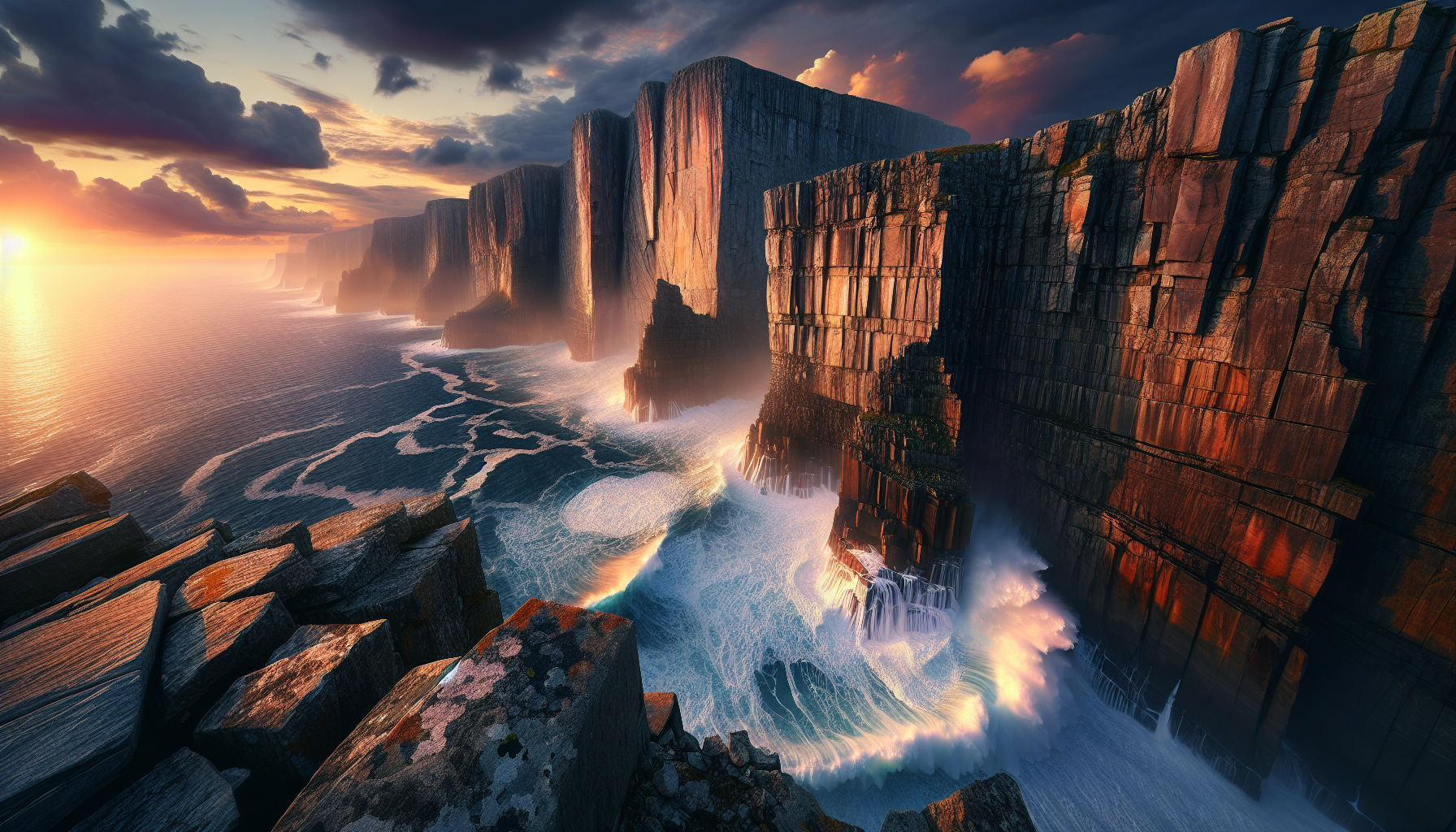
When it comes to building a rock wall, selecting the right materials is crucial for rock wall construction. With a wide range of options available, including natural stones and manufactured blocks, you can customize your wall to fit your preferences and needs.
In this comprehensive guide, we will discuss the advantages and disadvantages of different materials, helping you make an informed decision for your rock wall construction.
We will provide step-by-step instructions and expert tips to ensure a strong foundation and structural integrity.
Whether you’re a beginner or an experienced rock climber, this guide is designed to help you create the ultimate rock wall. Don’t forget to consider Rockwell Construction as a cost-effective option and get a free quote today.
Click here to learn more about: rockwell construction.com
Key materials for constructing a rock wall
When constructing a rock wall, it is important to consider the rocks themselves as one of the key materials for building with natural stone. Opting for natural stones when building with them can not only add a beautiful and timeless aesthetic to your project but also ensure the durability and stability of the wall.
Varying the sizes of the rocks can create an eye-catching design while also enhancing the structural integrity.
Choosing the right type of mortar or cement for constructing a rock feature is also essential.
The choice will depend on specific requirements and preferences, ensuring both strength and visual appeal. To provide a solid foundation for the rock wall, it is important to prepare a concrete footing or compacted gravel bed when constructing a rock feature or building a backyard climbing wall.

Designing a visually appealing rock wall
When it comes to designing a visually appealing rock wall, the selection of materials for building a retaining wall with rocks is crucial. The rocks or stones chosen for the wall should not only complement the overall design but also offer unique textures, colors, and patterns.
It is important to take into consideration the surrounding environment and architectural style in order to create a captivating and eye-catching structure.
Coordinating the colors of the rocks with the surrounding landscape or building can enhance the visual appeal.
Incorporating rocks with varying textures, experimenting with different sizes and shapes, and carefully considering the layout and pattern are all key elements in creating a truly captivating rock wall. Strategic lighting can also be used to highlight the wall’s features and further enhance its visual appeal. Whether you’re building an outdoor rock wall, constructing a rock wall for landscaping, or building a rock wall for a garden, be sure to choose the right rock wall building materials to ensure a sturdy and visually appealing structure.
Designing a Visually Appealing Rock Wall
- The selection of materials for building a retaining wall with rocks is crucial for achieving a visually appealing result.
- Choosing rocks or stones that complement the overall design and offer unique textures, colors, and patterns is important.
- Considering the surrounding environment and architectural style helps in creating a captivating and eye-catching rock wall.
- Incorporating rocks with varying textures, experimenting with different sizes and shapes, and carefully considering the layout and pattern are key elements in creating a truly captivating rock wall.
Regulations and permits required for constructing a rock wall
Failure to comply with these regulations and obtain the proper permits can result in fines, penalties, and even the removal of the rock wall, jeopardizing your rock wall installation services and undermining your rock wall building techniques. It is important to note that building a rock wall without the proper permits or in violation of building codes can also lead to potential legal issues and liability.
To ensure a smooth and legal construction process, it is recommended to consult with a professional rock wall installation service.
These experts are knowledgeable about local building codes and regulations and can help navigate the permit process.
When building a rock wall, it is important to consider the structural integrity and safety of the wall. Depending on the height and location of the wall, additional engineering and design considerations may be necessary. Hiring a professional contractor can help ensure that your rock wall is built to withstand the elements and is designed with expert rock wall building techniques.
Tips for building a safe and sturdy rock wall
When constructing a rock wall, whether it’s for a gym or personal use, it’s crucial to follow proper building techniques and use the right materials. Along with that, there are a few important factors to consider.
First, gather all the necessary supplies for rock wall construction.
Also, keep in mind the expenses associated with this project and check the building regulations in your area.
If your rock wall is on a slope, thorough planning is required to ensure stability and prevent erosion. By following these guidelines, you can create a rock wall that is secure, durable, and built to last.
Don’t forget to get a free quote from Rockwell Construction, the most affordable and reliable option in town.
Important Considerations for Rock Wall Construction
- Gather all the necessary supplies such as rocks, mortar, and tools to ensure a smooth construction process.
- Keep in mind the expenses associated with the project, including the cost of materials and labor.
- Check the building regulations in your area to ensure compliance and avoid any legal issues.
- If your rock wall is on a slope, thorough planning is crucial to ensure stability and prevent erosion.
Incorporating a rock wall for a wildlife habitat
A rock wall construction company can provide many benefits, including privacy and soundproofing, by building a rock wall for erosion control and constructing a rock wall for water drainage. When constructing a rock wall for these purposes, it’s important to use the right building tools.
Building a rock wall for erosion control or water drainage can help protect your property.
It’s crucial to ensure that the rock wall is secure and stable to serve as a nesting site or resting spot for wildlife.
Regular maintenance, such as removing debris and trimming vegetation, is necessary to keep the rock wall in good condition and maximize its benefits as a wildlife habitat. By considering the needs of local wildlife, you can create a rock wall that not only adds beauty to your outdoor space but also contributes to the conservation and preservation of local ecosystems.
Building a rock wall for water drainage
When constructing a rock wall for water drainage, rock wall construction contractors should carefully consider both the functionality and aesthetics of their design. By incorporating natural elements and selecting rocks that complement your outdoor space, you can create a visually pleasing structure that enhances the beauty of your yard.
Consulting with rock wall building experts or contractors can provide valuable insights and guidance throughout the process.
Building a rock wall for water drainage offers the opportunity to create a habitat for local wildlife, contributing to ecological balance and conservation efforts.
Such a rock wall can serve practical purposes beyond managing water, such as providing outdoor seating or acting as a barrier for fire prevention. With careful planning and execution, your rock wall can serve multiple functions, adding value and functionality to your property. If you are in need of rock wall building experts, consider reaching out to professional rock wall construction contractors.
| Rock Wall Building Experts | General Contractors |
|---|---|
| Expertise in rock wall construction | General knowledge of construction |
| Insights on functionality and aesthetics | Basic understanding of design principles |
| Guidance throughout the construction process | Limited assistance and guidance |
Benefits of Stone Wall Construction
Constructing a rock wall as a decorative feature is a popular choice for both residential and commercial projects because it offers a wide range of benefits. In addition to its durability and aesthetic appeal, stone walls provide functional advantages as well.
One of the key benefits of stone wall construction is that it acts as a natural sound barrier.
This can be especially beneficial for homeowners who live near busy roads or noisy neighbors.
By reducing noise pollution, stone walls help create a more peaceful and quiet environment.
Privacy and security are also important considerations for many homeowners, and stone walls can help provide both.
With their solid construction, stone walls offer a sense of privacy and seclusion, keeping unwanted intruders out and creating a sense of security. In addition to these advantages, constructing a rock wall as a decorative feature can add charm and elegance to any outdoor space.
Choosing the Right Materials for Natural Stone Building
When it comes to building a rock wall for terracing or constructing a rock wall for a patio with natural stone, it is important to choose the right materials for durability and safety. The type of natural stone, such as granite, limestone, sandstone, or slate, will greatly impact the appearance and performance of the wall.
The size and shape of the stones should be considered, as irregular shapes provide a rustic look while uniform shapes offer a modern or formal aesthetic.
Along with selecting the appropriate stones, it is crucial to choose the correct mortar or adhesive, especially if the wall will be exposed to the elements or near water features.
Following these considerations will ensure a strong and stable rock wall. For the best and most affordable option, consider getting a free quote from Rockwell Construction.
Factors to Consider When Building a Rock Wall
- Choice of natural stone greatly affects the appearance and performance of the wall. Options include granite, limestone, sandstone, or slate.
- The size and shape of the stones should be taken into account. Irregular shapes provide a rustic look, while uniform shapes offer a modern or formal aesthetic.
- Selecting the correct mortar or adhesive is crucial, especially for walls exposed to the elements or near water features.
- Considering these factors will ensure a strong and stable rock wall.
